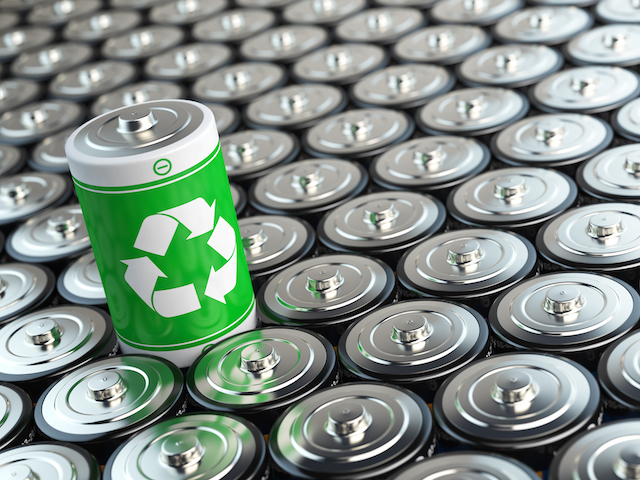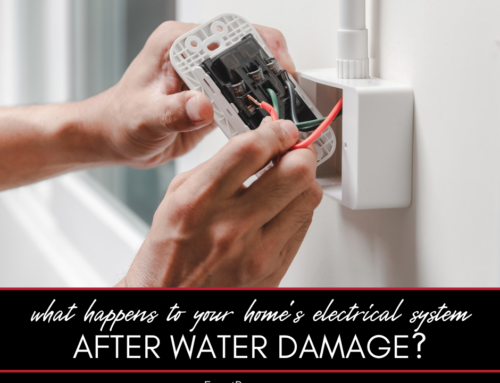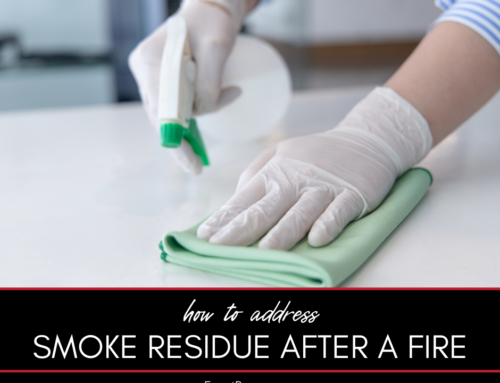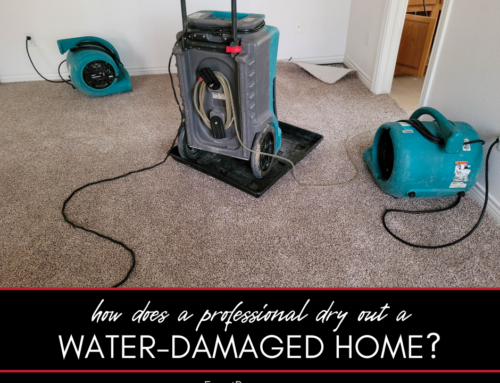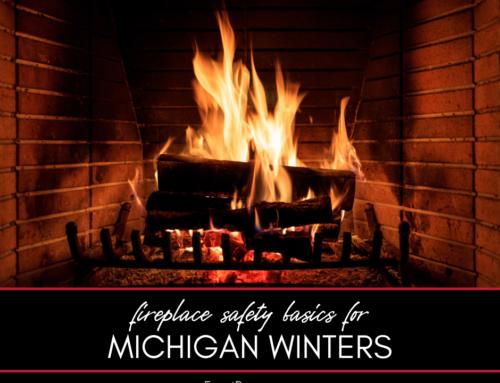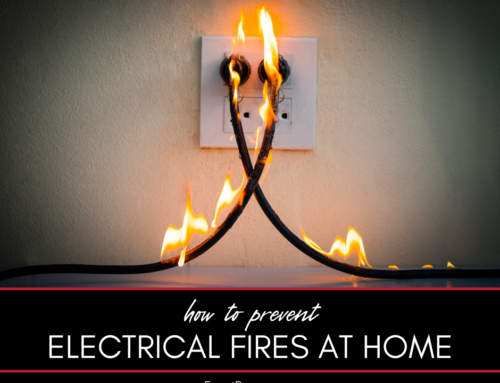Each year the average American experiences about 1.3 power outages that last for approximately four hours, according to the U.S. Energy Information Administration.
But you really don’t need a statistic to figure out that, at one point or another, most people will experience a loss of power to their home during a storm, or other weather-related event—especially if they live in parts of the country that are prone to severe weather like tornadoes, hurricanes, and snow and ice storms.
When the power goes out, and your major appliances stop their steady hum, you probably wish you had invested in a backup power source. If you’re thinking about getting a backup battery for your home here are some things you should know.
How batteries work
Batteries these days can pretty much do the same work as generators, and many harness the power of the sun to power your appliances.
Lead-acid batteries
Lead-acid batteries last approximately three to five years.
Lithium-ion batteries
The lithium-ion battery is a popular option and can last at least 10 years. Lithium-ion batteries function more efficiently than lead-acid ones because they can better handle changes in temperature, and can discharge more thoroughly without damage to the battery. Also, they don’t give off toxic fumes the way lead-acid batteries can.
Both lead-acid and lithium-ion batteries can be connected to the electric grid—your battery should be wired directly into the electric subpanel in your home so it can charge up before outages occur.
You also have the option of installing a solar panel system, a.k.a. a solar array, to power your battery using the sun’s energy. Not only will solar panels power your battery backup during power outages, but they can also help offset your energy consumption and help save you money on monthly energy bills.
Cost
Batteries run about $7,000 per unit, but if you want to add a solar array you should plan for an additional investment between $10,500 and $19,000 for a residential solar system.

